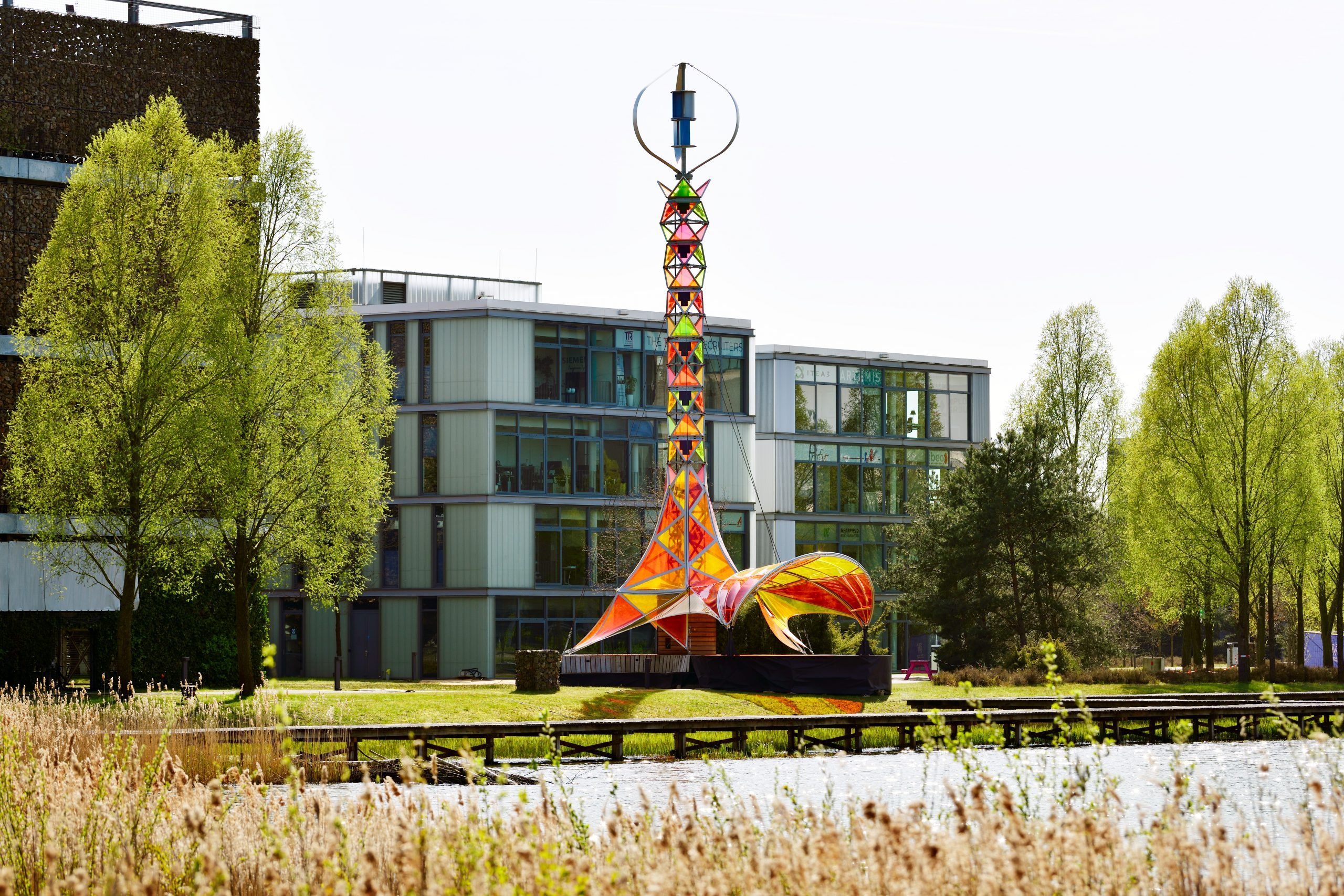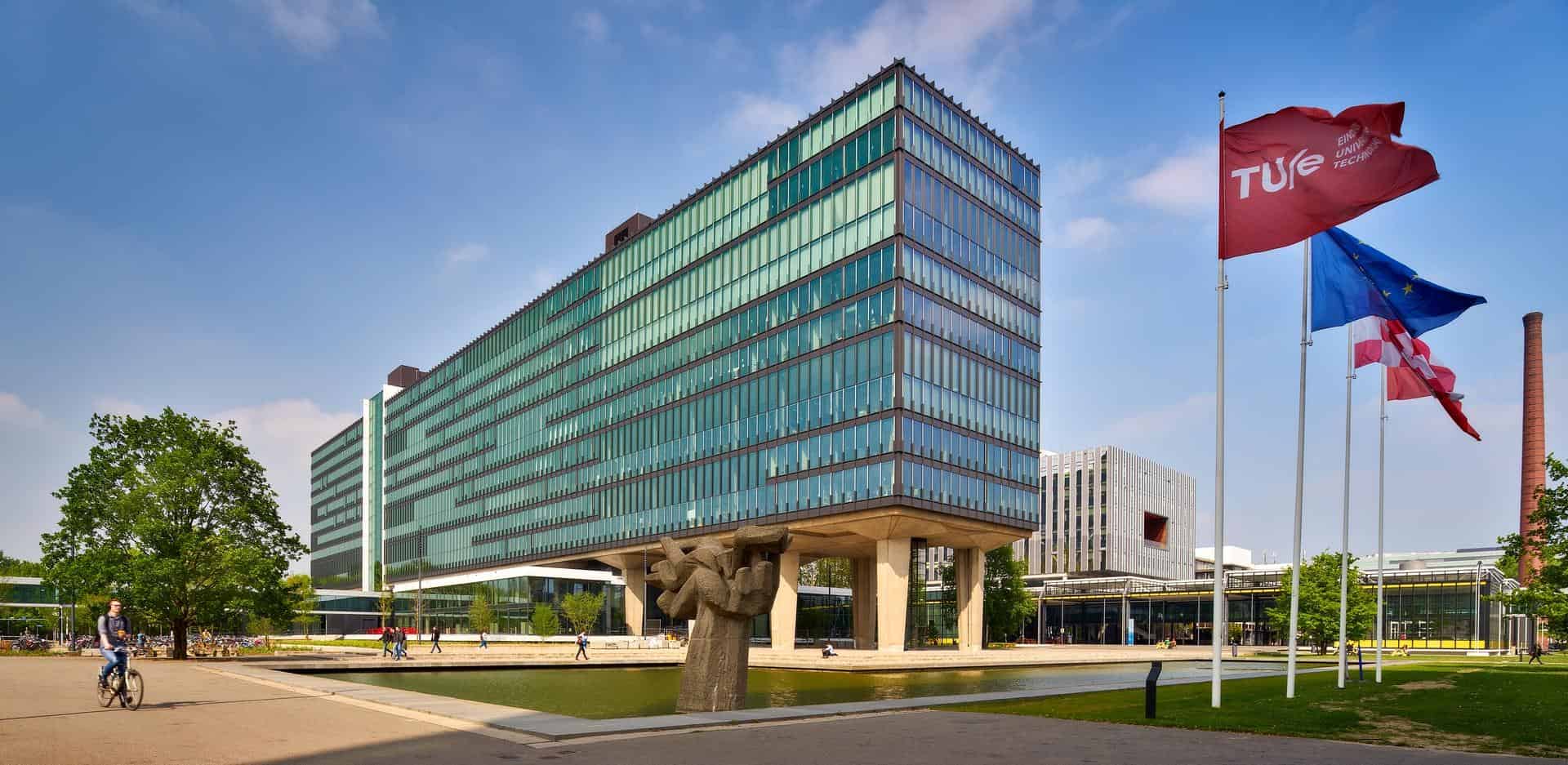Recent reports on the number of patents, again, confirm the importance of the Eindhoven ecosystem regarding innovation.
In 2016, more than 3 million patent applications were recorded throughout the world, according to the World Intellectual Property Organization, with most coming from China, the United States, and Japan. However, a recent study from the European Patent Office (EPO) reports that Europe isn’t far behind. The EPO’s 2017 annual report shows six European companies in the top 15 of all patent applicants with Philips coming in sixth worldwide.
More about the importance of patents in the Eindhoven ecosystem
In fact, 7,043 patent applications came from Dutch companies in 2017, taking fourth place in Europe and seventh worldwide. More than half of those companies came from Brabant with a majority coming from the Eindhoven area, including Philips Lighting, NXP, and ASML. This recognition is nothing new. Back in 2013, the Organization for Economic Co-operation and Development declared Eindhoven the world’s most inventive city with 22.6 patents produced for every 10,000 residents.
What makes this region so special when it comes to innovation? Henk Volberda, a Professor of Strategic Management and Business Policy at Rotterdam School of Management, puts it down to the cooperative culture in the High Tech region. “In the Eindhoven area,” he says, “corporations, startups, government, knowledge institutes, and supply chains have built trusted relationships with each other in a very pragmatic open way.” Everything moves so fast and “each company knows they don’t have the funds, time, or capacity to achieve success fast enough on their own,” he continues. “Strategic alliances are the way of cutting development costs and accelerating time to market.” It is this culture of support and trust that gives way to innovation, giving applicants the courage and confidence to try new things and create new technologies.
Patents have long been a key indicator of economic growth. Some claim patent rights originated in Ancient Greece, more than 2,500 years ago. Our current patent system can be traced to 15th century Venice, which used patents to attract foreigners and to loosen the tight hold of the artesian guilds on the city. As long as the invention was new and useful a patent could be granted, principles that remain true today.
“In recent decades, patenting is associated with higher productivity growth, lower unemployment rates, and the creation of more publicly-traded companies,” says the Brookings Institution. “The effects of patents on growth is roughly equal to that of having a highly educated workforce.” With the number of patents issued here, this is great news for Eindhoven.








